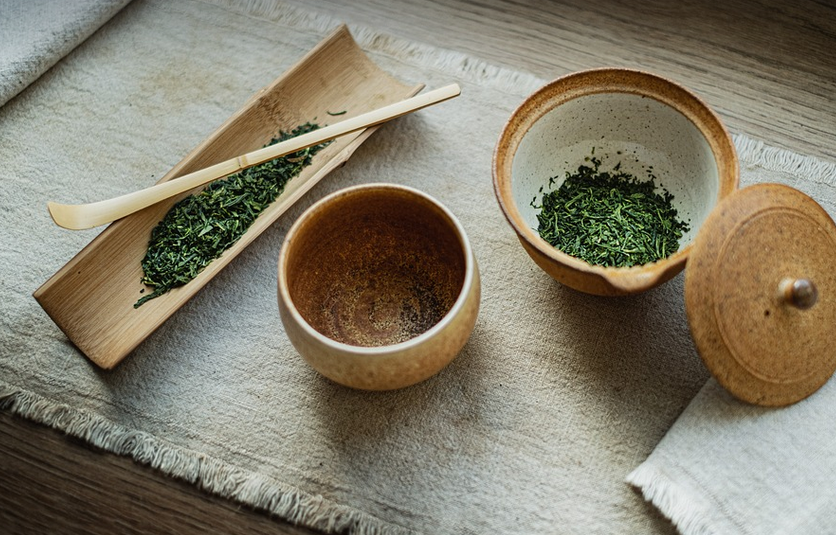Understanding the Mystery of White Marks
You know that “milk teeth” stage – those tiny, pearly whites that start popping through as your child gets older? Well, one question often pops up: Why are there white marks or spots on some of these baby teeth?
These little marks, sometimes referred to as “white spots,” are actually a common phenomenon. You’re not alone in noticing them – they’re super normal! And the best part? They don’t usually signal any cause for major concern.
So, what exactly causes these white marks?
**The Science of Tooth Development**
Just like a beautiful flower needs sunshine and water to bloom, your child’s developing teeth need the right environment to grow! They go through several stages during their growth:
- Eruption: The first stage is when milk teeth start coming in. These are usually the front teeth that appear first – the incisors.
- Root Development: As the tooth grows, a root starts to form below the gum line. This is where the tooth connects with the jaw bone.
- Enamel Formation: The enamel, the hard outer layer of the tooth, forms as the baby tooth matures. It protects the softer inner layer from decay and wear.
These processes are vital to ensure a healthy, strong set of teeth for your child!
**Why Those White Marks?**
The white marks you see are usually caused by something called “demineralization” within the enamel. This is what happens when minerals in the tooth’s structure become less concentrated or dissolved.
Think of it like this: your child’s teeth need a supply of calcium and phosphate to build strong, healthy enamel. These minerals are constantly flowing in and out, but sometimes there can be some temporary imbalances. The white spots can be a visual sign that these mineral deposits haven’t been fully formed or balanced yet.
**Types of White Marks**
Don’t worry too much about the exact color: There are various types of white marks, and they all have their own reasons for being:
- White spots on gums: These often appear in places where your child’s gums are inflamed or irritated. This can be caused by gum disease, allergies, or even a simple bite with a hard object
- Small white spots on teeth: These are generally harmless and form due to the normal process of demineralization.
- White patches on one tooth: This is often caused by temporary exposure to fluoride.
** What Does a White Mark Actually Mean?**
In most cases, white marks or spots on milk teeth are completely harmless. They’re actually pretty normal and don’t mean there’s an underlying dental problem.
However, if you notice any of the following signs, it’s best to contact your child’s dentist:
- A white spot that is getting bigger or darker:
- The white spot is accompanied by pain:
- Your child has a fever or other symptoms of illness:
- You’re unsure if the white spot is normal or not:
**When Should You See Your Child’s Dentist?**
It’s always best to err on the side of caution and seek professional advice from your child’s dentist. They will be able to assess the situation, make a diagnosis, and recommend appropriate treatment if needed.
A dentist can determine whether a white spot is something to worry about or simply a normal occurrence. They can also address any questions you have about your child’s oral health.
**Caring for Your Child’s Teeth**
You can keep those little teeth healthy and strong! Here are some easy ways to help:
- **Brush and Floss Regularly:** Just like adults, frequent brushing and flossing is crucial to prevent dental problems.
- **Limit Sugar Intake:** Sugary drinks and snacks can weaken your child’s enamel over time, so it’s best to keep them to a minimum.
- **Offer Healthy Snacks:** Fruits, vegetables, yogurt, etc., are great options for healthy teeth and overall well-being.
- **Visit the Dentist Regularly:** Routine checkups can help catch any potential issues early before they become major problems.
**The Bottom Line: Don’t Panic!**
White marks on milk teeth are usually no cause for alarm – just a normal part of their growing and developing process. But remember, if you notice any concerning changes or have any questions about your child’s oral health, it’s always best to consult with a trusted dentist.
**Remember: You’re a Great Parent!**



